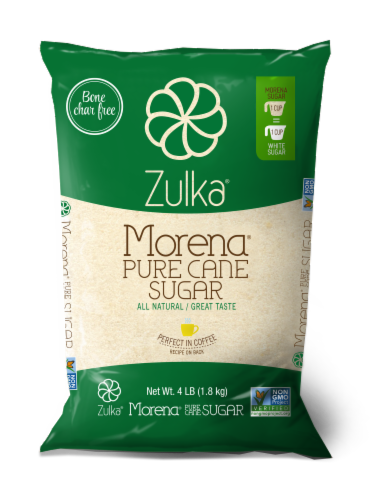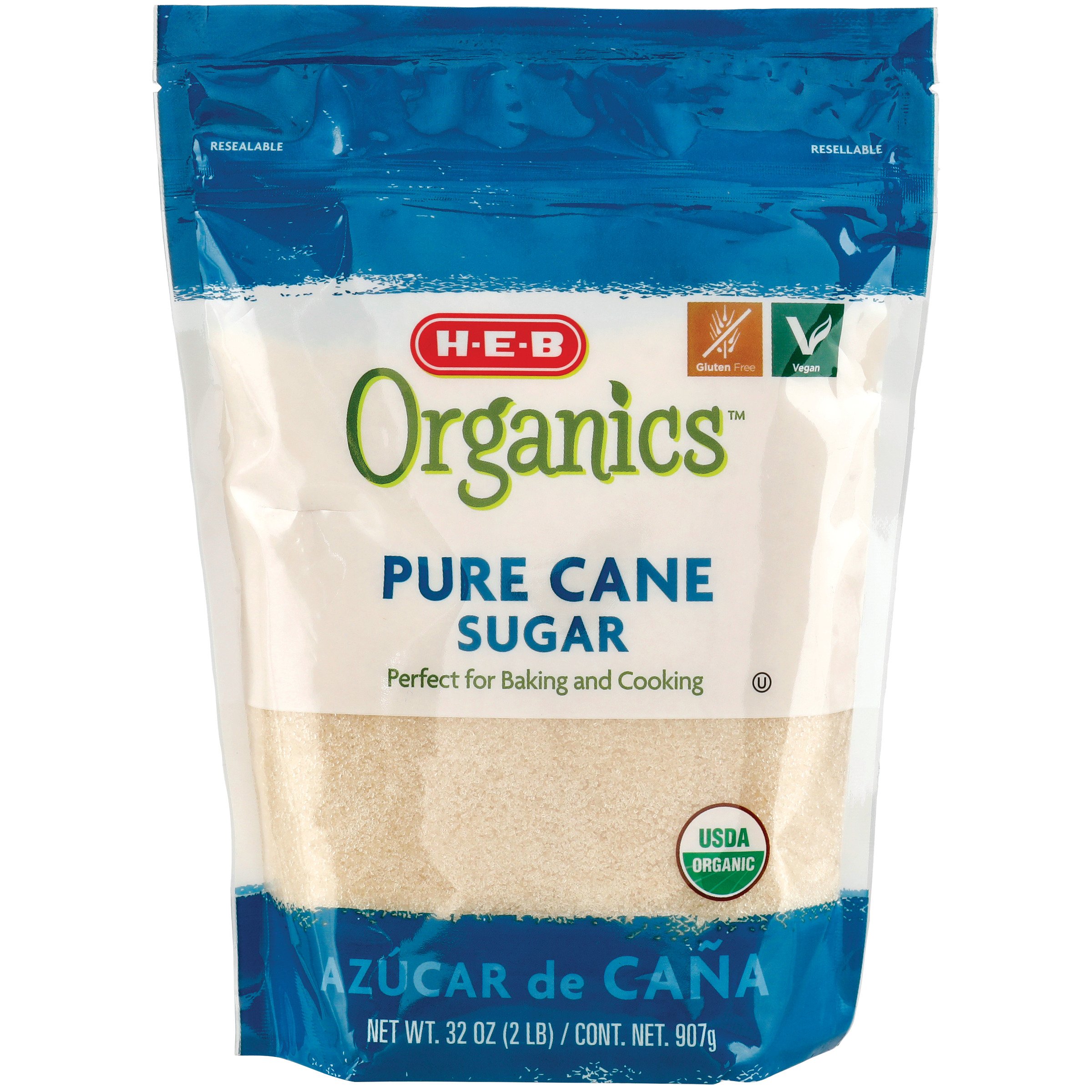Cane Sugar Processing Explained: What Occurs Inside a Sugar Mill
Cane Sugar Processing Explained: What Occurs Inside a Sugar Mill
Blog Article
Checking Out the Comprehensive Tips Associated With Walking Cane Sugar Processing From Collecting to Improvement
The procedure of walking stick sugar manufacturing incorporates a series of complex actions, beginning with the mindful harvesting of sugarcane and finishing in the improvement phases that make certain the final item satisfies sector criteria. Each phase, from the extraction of juice to the filtration and formation procedures, plays a crucial role in identifying the top quality and character of the sugar.
Collecting Sugarcane
Gathering sugarcane is a vital step in the cane sugar processing chain, as it directly affects the high quality and yield of the final product. Proper timing and methods are vital throughout this phase to ensure optimal sugar material and minimize losses. Typically, sugarcane is collected when it reaches maturation, typically 12 to 18 months after planting, characterized by a high sucrose concentration.

Post-harvest, the sugarcane needs to be processed swiftly to protect against sucrose destruction. Preferably, gathered walking cane ought to be transferred to processing facilities within 24-hour to maintain sugar quality. As a result, effective logistical planning is important to preserve the integrity of the gathered crop throughout the supply chain.
Removal Refine

The crushed walking stick goes through a series of pressing operations to make best use of juice recuperation. Commonly, warm water is splashed onto the smashed cane, creating a countercurrent flow that helps dissolve the sugar while also assisting in the extraction procedure. The juice accumulated from this operation has not only sugar but likewise different organic compounds and pollutants.

To boost removal efficiency, some facilities might use diffusion techniques, where the sugarcane is taken in warm water, permitting the soluble sugars to diffuse into the fluid. The resulting juice, rich in sucrose, is then routed to subsequent processing stages, laying the structure for filtration and refinement. The extraction procedure is therefore critical in figuring out the high quality and return of the last sugar item.
Filtration Strategies
The purification techniques used in walking cane sugar handling are essential for changing the raw juice into a high-quality sugar item. These approaches mostly intend to eliminate impurities, such as dirt, plant products, and not natural compounds, which can negatively impact the end product's taste and color.
One of the most usual filtration techniques is clarification. This procedure includes adding lime and warmth to the raw juice, which helps with the coagulation of impurities. The resulting precipitate is after that eliminated via sedimentation or filtration, yielding a clearer juice. Additionally, using phosphoric acid can improve the information process by more binding impurities.
One more considerable method is carbonatation, where carbon dioxide is presented to the clarified juice. This reaction produces calcium carbonate, which records staying contaminations and advertises their elimination.
Additionally, activated carbon therapy might be applied to adsorb any remaining colorants and organic contaminations, guaranteeing an extra polished item. The mix of these methods properly prepares the sugar juice for succeeding action in the refining process, establishing the phase for the production of high-grade walking stick sugar.
Condensation Methods
After the filtration phase, the following essential action in walking stick sugar processing entails condensation approaches, which play a critical function in transforming the made clear juice into solid sugar. This procedure typically utilizes 2 primary techniques: spontaneous crystallization and regulated condensation.
In spontaneous formation, supersaturated sugar options are enabled to cool normally, resulting in the development of sugar crystals in time. This approach is simpler however might result in irregular crystal sizes and reduced pureness levels. On the other hand, managed condensation is an extra precise method where focus, seeding, and temperature level agents are carefully taken care of. This technique permits the uniform growth of sugar crystals and greater purity.
During condensation, the made clear juice is focused through dissipation, boosting its sugar web content till it gets to supersaturation. Once this point is achieved, either approach can facilitate the formation process. Cane Sugar Processing. The resultant sugar crystals are then separated from the staying syrup via centrifugation
Eventually, the choice of crystallization technique impacts the high quality, dimension, and pureness of the final sugar product, making this action necessary in the general cane sugar processing procedure.
Refinement and Product Packaging
How can the purity and high quality of walking cane sugar be even more enhanced after condensation? The improvement procedure plays an essential duty in attaining top notch walking cane sugar. Complying with crystallization, sugar undertakes a complete washing to eliminate pollutants and residual molasses. This is generally completed using cozy water or steam, which aids liquify and draw out undesirable elements while maintaining the sugar crystals.
Next, the sugar goes through a procedure called centrifugation, where it is spun at try these out high speeds to divide the purified sugar crystals from the remaining fluid. After centrifugation, the sugar is often additional refined via a technique called carbonization or phosphatation, which utilizes activated carbon or phosphoric acid to remove why not try these out color and off-flavors.
Once improved, the sugar is dried out to attain the desired wetness content, guaranteeing that it stays secure during storage space and transport. The final step includes product packaging the polished sugar in closed and moisture-proof containers to maintain its top quality and prevent contamination. Cane Sugar Processing. Proper product packaging not just prolongs service life however likewise facilitates very easy handling and circulation, ensuring that customers get sugar that fulfills the highest possible requirements of purity and high quality
Verdict
The comprehensive actions entailed in cane sugar handling, from the thorough harvesting of sugarcane to the intricate improvement and packaging phases, underscore the value of each stage in guaranteeing premium sugar production. Ideal harvesting methods, efficient removal approaches, and strenuous purification procedures collectively contribute to the end product's pureness and stability. The crystallization and subsequent packaging methods better improve the integrity and rack life of the sugar, highlighting the complexity and precision inherent in this crucial agricultural industry.
The process of cane sugar production incorporates a weblink collection of intricate steps, beginning with the cautious harvesting of sugarcane and finishing in the improvement stages that make sure the last item fulfills industry criteria. Preferably, harvested walking cane should be carried to refining facilities within 24 hours to maintain sugar quality.In spontaneous condensation, supersaturated sugar services are allowed to cool down naturally, leading to the formation of sugar crystals over time - Cane Sugar Processing. The refinement procedure plays a crucial role in accomplishing top quality walking cane sugar.The comprehensive steps involved in walking cane sugar processing, from the careful harvesting of sugarcane to the elaborate improvement and packaging phases, underscore the significance of each phase in making sure high-grade sugar manufacturing
Report this page